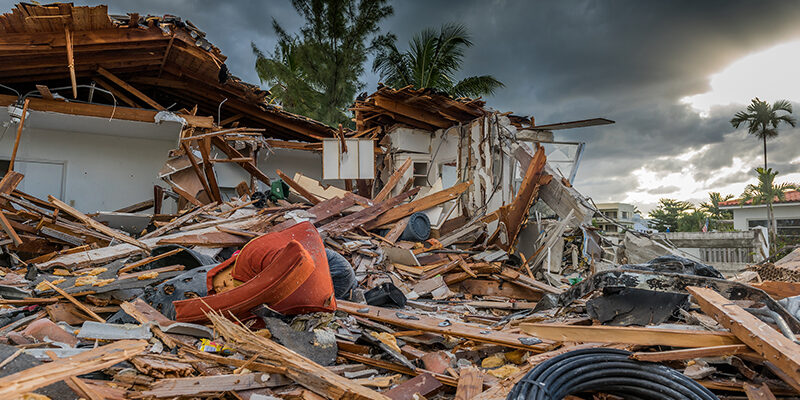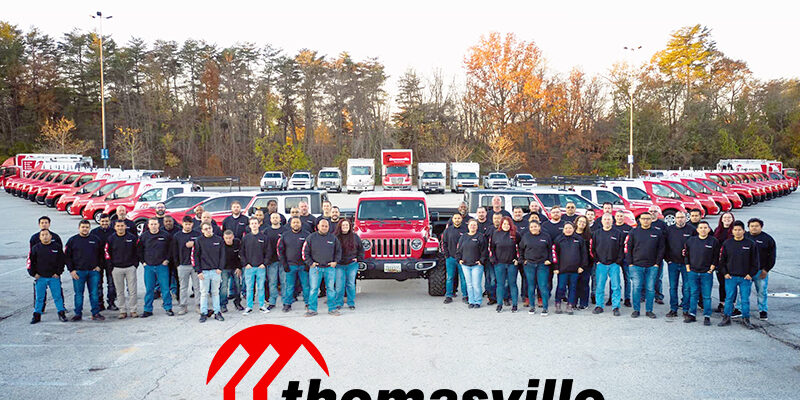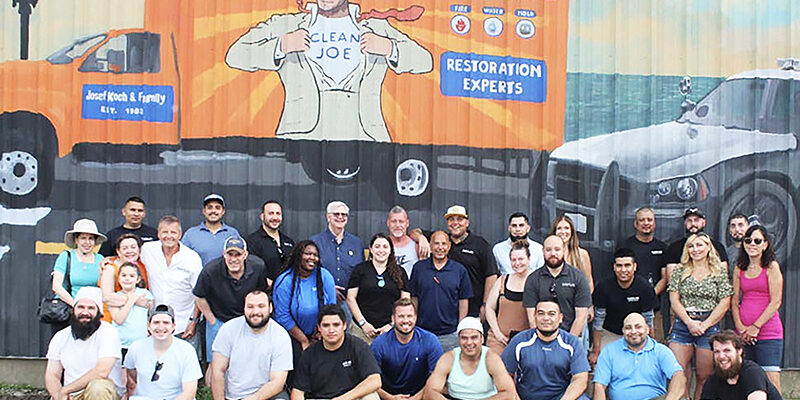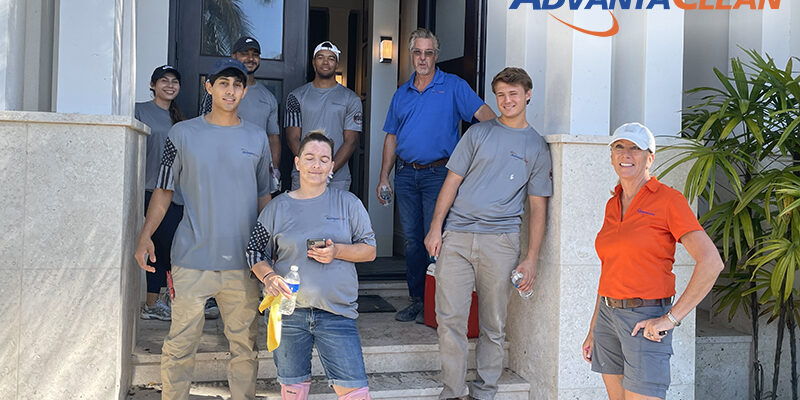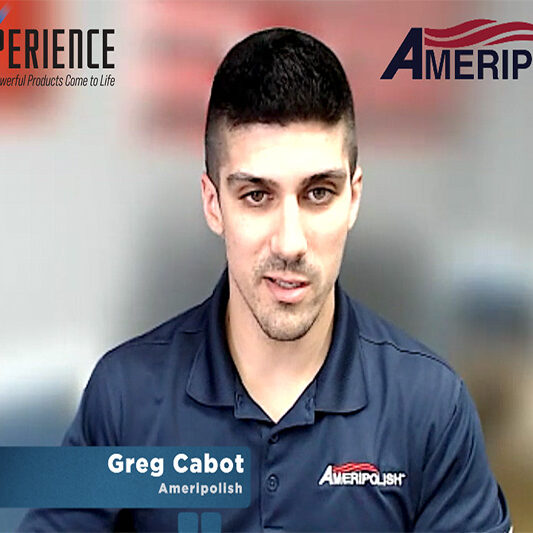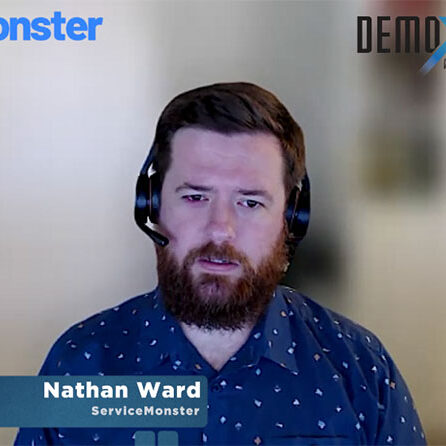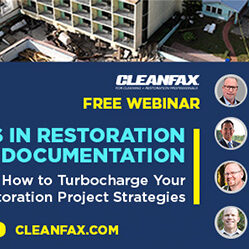Controlling contamination on restoration equipment

Restorers should always be aware of the possibility that their equipment may become dangerously contaminated during a restoration project.
If, for instance, an air mover is in an area of actual contamination, i.e., sewage, the unit must be properly decontaminated before being used on another job — and preferably before being transported or placed in storage with non-contaminated equipment. Proper decontamination is the only way to prevent “cross-contamination” from one project to another.
Even where a water loss is categorized as “clean,” contamination is still a real possibility. The indoor environment may have many particles on surfaces and embedded in the soft goods. If demolition is required, this will very likely introduce more contaminants. Soils may become airborne when you turn on airmovers for drying. Particles make problems: Poor air quality for workers and occupants, and a buildup inside machines can affect performance and cause additional wear.
What is the restorer to do? It’s best, if possible, to avoid exposing the equipment to contamination in the first place. Wait until the space is free of contaminants and soils before bringing in the airmovers and dehumidifiers.
For the clean water loss, where a space does not start out clean or there are soils from demolition or textile removal processes, reasonable cleaning steps should be taken to remove particulate soils. Dry vacuuming, wet vacuuming and even the use of a jetted hard surface extraction cleaning system can quickly and effectively remove most soils and prevent them from becoming airborne later during the drying procedure. Once this cleaning is completed, the project can be fully outfitted with equipment and drying can begin.
In a microbial remediation scenario, be very careful to physically remove all filth by dry and wet cleaning processes. Use containment methods with plastic sheeting and negative pressurization to defend uncontaminated areas from contaminated ones. Ideally, any demolition and removal of finishing materials will begin immediately. Once all gross filth and other soils have been removed, and final disinfection has been accomplished, then drying equipment can be brought in and operated without fear of contamination.
Of course, you will need to decontaminate any tools (dustpans, wrecking bars, extraction wands) and equipment (negative air machines, high-efficiency particulate air (HEPA) vacuums and extraction machines) that were used in the contaminated environment.
Sometimes delays occur. Maybe you’re waiting for the demolition crew to finish, or you’re waiting to hear the results of asbestos testing. As you watch those RH levels begin to creep up in the affected area, you may be tempted to get a dehumidifier in place before decontamination has occurred. The danger is that it is practically impossible to properly decontaminate a dehumidifier, especially deep inside the machine. And even if you did take your dehumidifier apart and decontaminated it, would you ever feel confident that you had properly cleaned every nook and cranny? Dehumidifiers present a much greater risk of causing cross-contamination than airmovers.
To avoid this problem, place the containment area under negative pressure so the project space will draw “makeup” air in from the surrounding unaffected areas. Dehumidifiers can be set up in these areas to dry the makeup air, thus providing warm, dry air to the affected area without exposing the equipment to contamination.
By cleaning and decontaminating the affected area before drying equipment is deployed, you can prevent microbial contamination of equipment and excessive particle build-up. Only normal care for the equipment will be needed — filter changes, cleaning surfaces by vacuuming and/or use of compressed air and wiping down the exterior. This is far preferable to having to completely disassemble and decontaminate your equipment before going onto a new job.
Brendan Kimmel is a technical training instructor with the Restoration Science Academy (RSA). He serves as the primary technical and project support specialist and assists RSA alumni and other professional restorers with a wide variety of drying challenges. This article is a result of a recent conversation with a restorer “in the field.”



